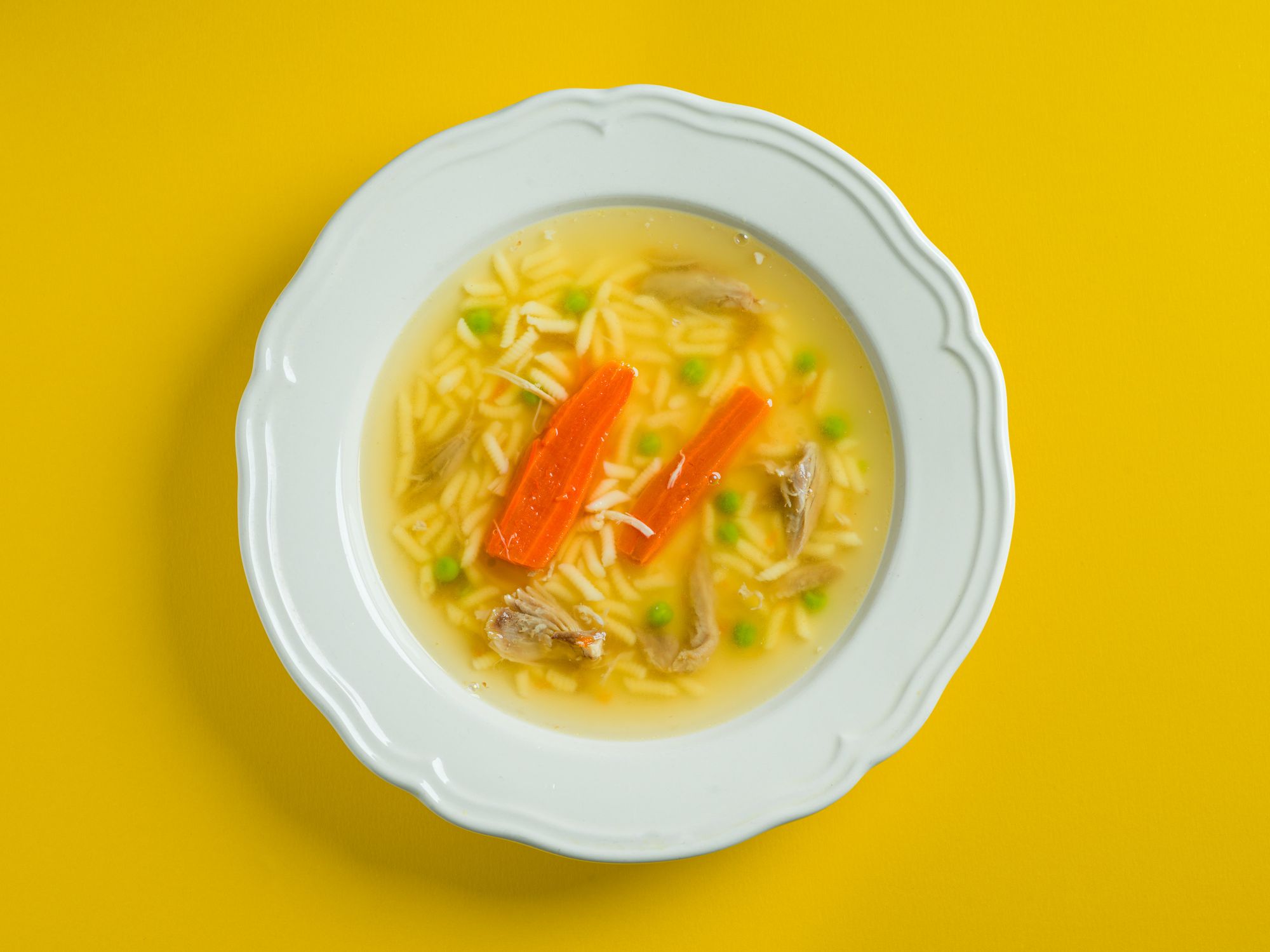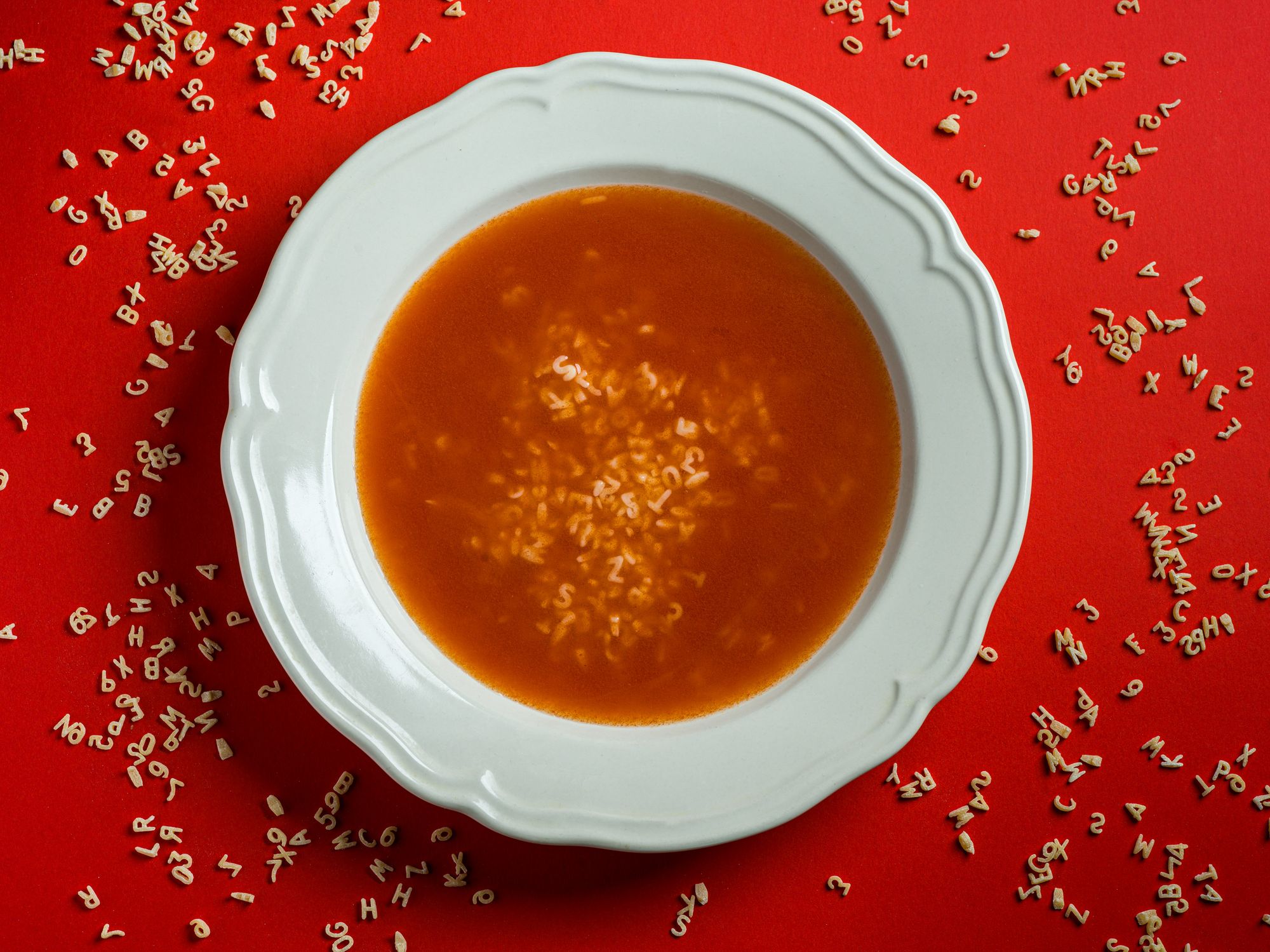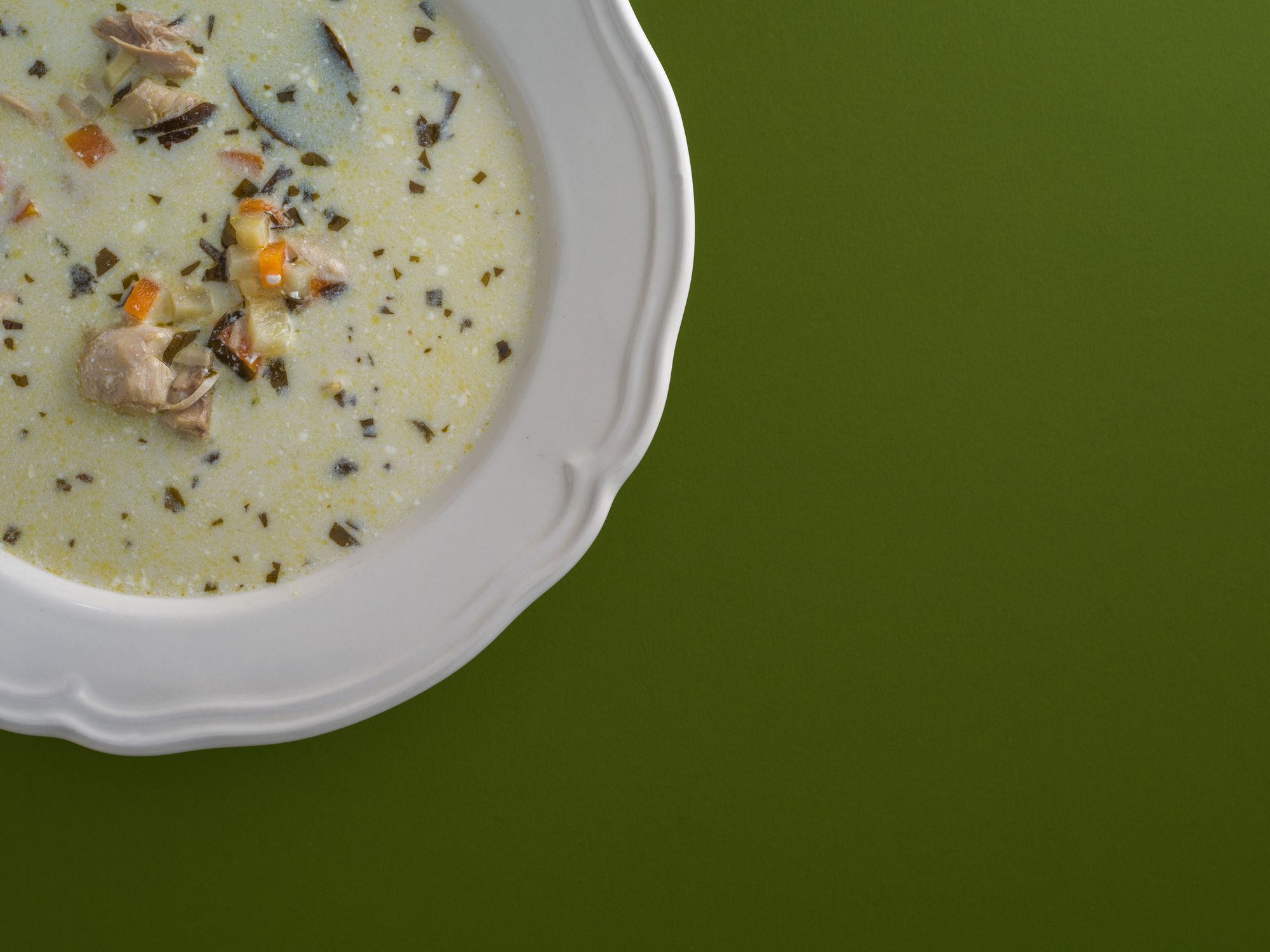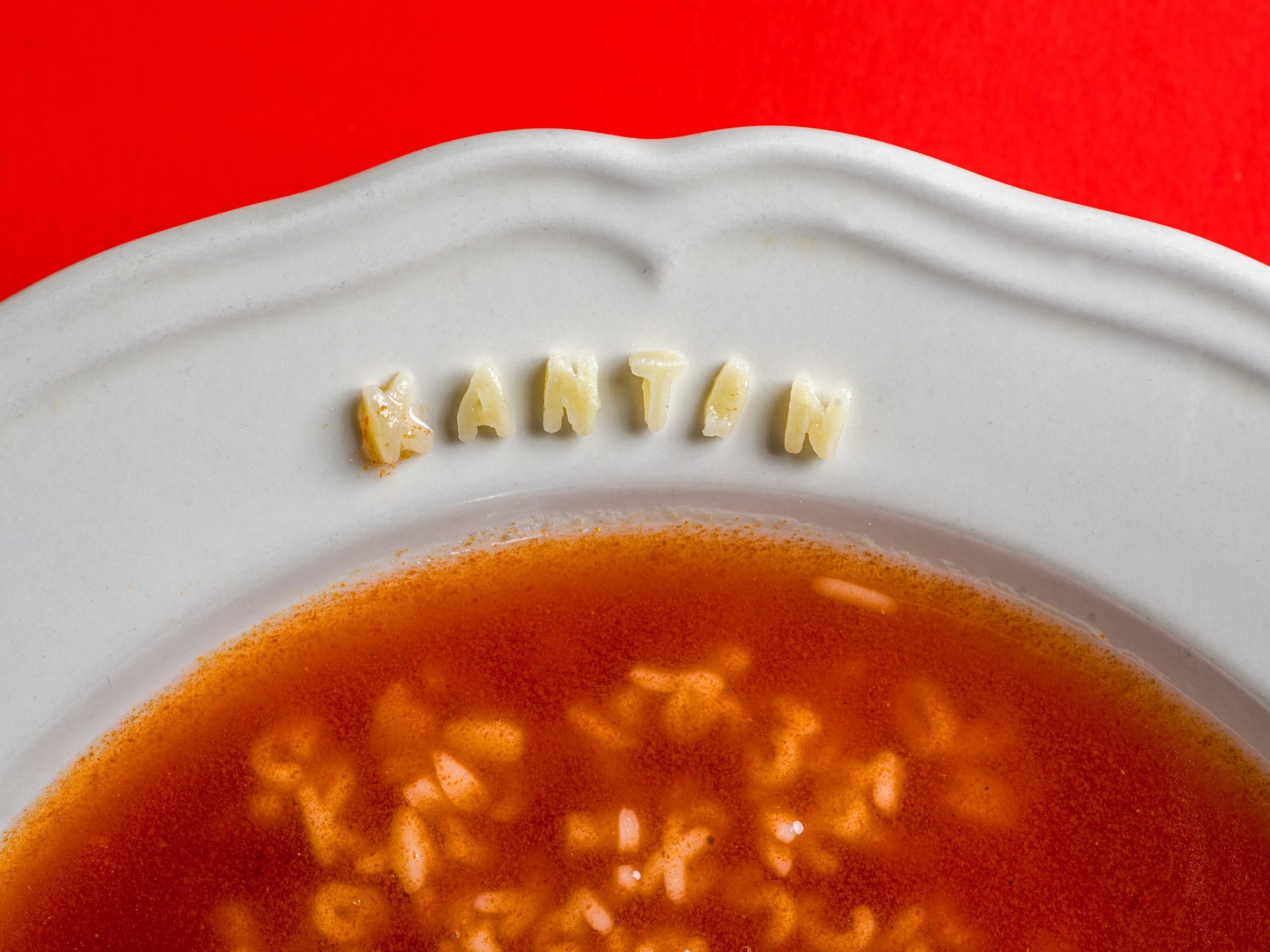Having munched on a few retro sandwiches, it’s time to think about lunch—and a Hungarian menu can’t be complete without soup. In the next episode of our series, we’ll be grabbing ladles and soup bowls, so join us for this one!
Soups are practically our most ancient cooked food, as we have been making them since the time mankind started using fire to make food and mastered the technique of pottery making. The first soups were cooked with cereals, often thickened to the consistency of porridge, and the aim was to get as nutritious a meal as possible from as few ingredients as possible, as this was often the only meal. Depending on the culture, the main ingredients could be buckwheat, millet, or barley. Meat, bones, and offal were added during hunting, and from the Middle Ages onwards vegetables, legumes, and spices appeared. As well as being a food for the poor, it was also served in restaurants from the 16th century, thanks to the French, who actually perfected the subject by making a distinction between consommé (a crystal clear, concentrated broth) and velouté (white sauce with a base of stock instead of milk).

A couple of centuries later, the canning industry discovered the dish, with iconic Campbell’s soups lining the shelves ready to eat, offering customers a quick lunch option. Consumers loved the modern solution (not to mention its inspiration for pop culture), and the craze continues to this day, not just in canned form but also in sachets, with instant noodles taking over the world. But what is a good soup? Nutritious, easy to digest, traditionally low in ingredients, and practical. The latter in the sense that you can use leftovers, and this brings us to the culinary creativity of Hungarian kitchens and canteens.

In the Hungarian culture, classic soups, although rich and filling, with the spread of canteens, have become starters. The suggestion was always, of course, to have some bread with it, so that those who could not afford a more generous choice could also get full. Besides the classic broths and stocks, goulash, bean goulash, ragout soup with tarragon, and sweetened cream soups (e.g. tomato) formed the mainstay of the menu. Fruit soups were rare but occasionally occurred, as did chowders in designated venues. Over time, beef was replaced by chicken, which was both cheaper and more accessible, and the time-consuming cooking process was replaced by Vegeta (a Hungarian condiment consisting of salt, spices, flavor enhancers, and vegetables—the Transl.) or other seasonings (e.g. bouillon cubes). This became a common practice, and there was nothing to be ashamed of.

Of course, the soup was also a good way of masking the character of moderately fresh or inferior ingredients or perhaps reusing the leftovers from other dishes. For this reason, thickening (e.g. by stir-frying) was also a popular method, as it prevented the base stock from appearing cloudy and gave the dish more character. Frankfurter soup with sausages or tomato alphabet soup were particularly popular, but the controversial cumin egg drop soup was also on the menu, as were versions with liver or semolina dumplings. The more creative but more traditional varieties (e.g. buckwheat soup, bread soup) never made it to the commercial kitchen, and it took practically the last decade for them to have a real renaissance.

This is thanks to the spread of world cuisines in our country, which has allowed us to rediscover the long-cooked, therapeutic base stock, the master soup raised like sourdough, and recipes that show a new face of soups, such as ramen or borscht. Nowadays, we are no longer afraid to make cream soups from vegetables alone (like broccoli or kohlrabi) or to cook them as one-dish meals (like a French onion soup), but seeing a soup with thread noodles (similar to Asian cellophane noodles, but the Hungarian version is made with eggs and flour—the Transl.) certainly makes our hearts race.
Photos: László Sebestyén
The previous episode of the series:


Rihanna announced her pregnancy to the world wearing gloves made in Pécs

Around Budapest in 150 years with András Török











